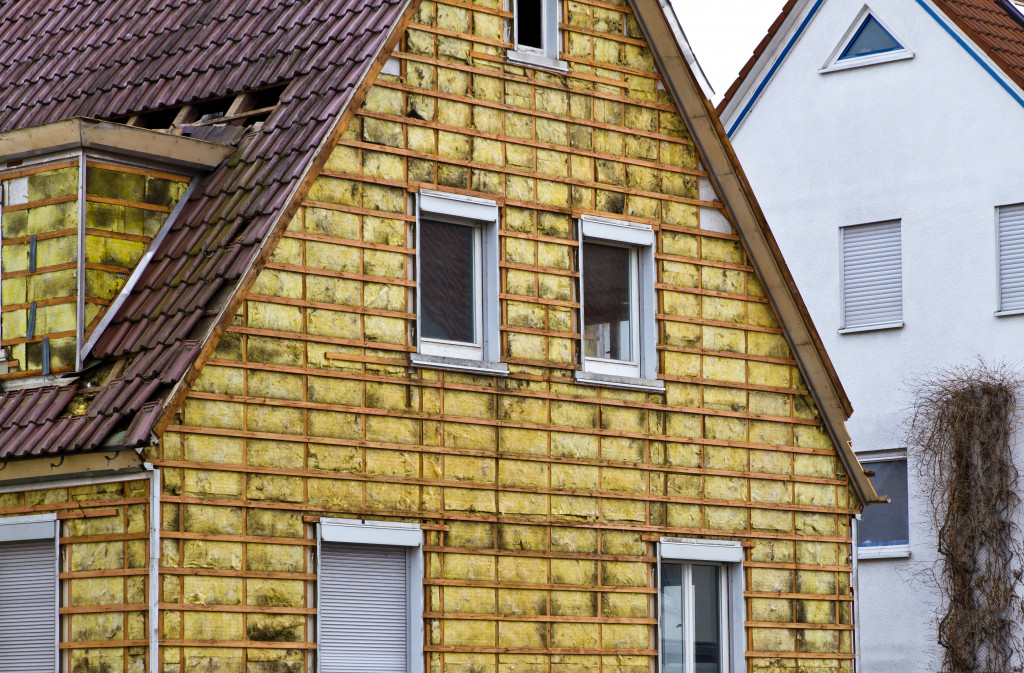Keeping your home in a functional condition requires a good amount of maintenance. When you’re a homeowner, you’re not just investing in your home, but you’re ensuring that it’s properly maintained and kept safe different factors.
Along with paying for your monthly bills and making necessary renovations, you should be mindful that nature won’t always be on your side every day. There are times that rain can cause widespread water damage, strong winds can damage your roofing, and extreme temperature fluctuations can warp your flooring.
So what are some natural elements that can damage your home? What are some important renovations and ways of keeping your home in pristine condition? Here’s what to consider.
Natural Elements to Look Out For
But before discussing some important renovations that you can make for your home to mitigate structural damage, let’s first look into some elements to be wary of.
Unlike other countries, the United States has a myriad of weather conditions. While some parts of the country have a milder climate, other parts of the country have extreme weather conditions.
Additionally, the majority of the United States experience temperate weather. This can range from scorching hot summers to cold winters in the span of a year. In fact, recent studies have shown that the prevalence of extreme weather conditions has also increased in the past decades.
The topography of certain areas can also contribute to sudden changes in weather. Certain states experience tornadoes, hailstorms, and hurricanes. So what are some natural elements to consider?
- High winds — There’s nothing as relaxing as feeling a gentle breeze. However, many states experience winds and hurricanes as strong as 100 mph. This can turn loose shingles and debris into projectiles that can cause injuries and damage to structures.
- Heavy snow — Although snow might seem beautiful, it can also cause a lot of structural damage. Compared to rain, weight can accumulate on your roof over time. This can result in tons of weight on your roof, which can stress your supporting structures.
- Hailstorms —This weather condition is one of the most destructive weather phenomena in the United States and different parts of the world. Hailstorms usually result in valleyed shingles, broken windows, and other damage types related to impacts. It’s also best that you stay indoors because this can result in injuries.
- Excess heat —Although much of the United States has cooler weather conditions, excess heat can cause widespread damage. This can warp a variety of flooring while also accelerating the deterioration of roofing and attic materials.

It’s crucial to be mindful that the renovations you make for your home can be determined by the weather condition prevalent in the area. For instance, some states are close to the coast the area is vulnerable to hurricanes. If this is the case, you might want to consider getting building materials and renovating your home that can help withstand strong winds and flooding.
So what are some key ways of keeping your home safe? Here’s what you must know.
Keeping Strong Winds at Bay
You need to keep high winds at bay in your area. Again, strong winds and high-pressure winds can reach beyond 100 miles an hour, which can cause debris to become potential hazards and can also damage nearby structures.
There’s a common belief that if you leave your home’s windows open, this can help air pass through and mitigate damage. In reality, this can cause more harm than good. If this is the case, invest in more durable air-tight windows that can withstand strong winds and impacts from debris.
Although you might have durable and versatile windows, they can still be damaged by debris and strong winds. Fortunately, some contractors are well aware of this situation. You won’t have to look far since professional window repair services can help make your windows look brand new and pristine.
Your Roofing Is Key
Another important part of protecting your home from harsh weather conditions is focusing and carefully planning your roof. Your roof is the first line of defense of your home from the elements. Normally, roofs are durable against strong winds and can redirect water from heavy rain. But there are situations where leaks in your roof can do more harm than good.
Many versatile and long-lasting roofing materials in the market can protect against many harsh natural elements. But be aware that certain types of roofing are specially designed for different types of weather conditions. For instance, steel roofing is great for hailstorms since it has good impact resistance. With that said, do a bit of research on which type of roofing material might work for the area’s weather.
As you can see, there are a variety of ways that you can keep your home safe from natural elements. Whether it’s investing in energy-efficient and durable windows, keeping your roof in a pristine condition, or planning your home’s foundations ahead of time, these are just some countless ways that you can preserve your home’s structural integrity.
Still, it’s important to take a step back and think of what you need. Each area has its own unique weather conditions, and you must be mindful of which weather conditions are more prevalent in your area.

